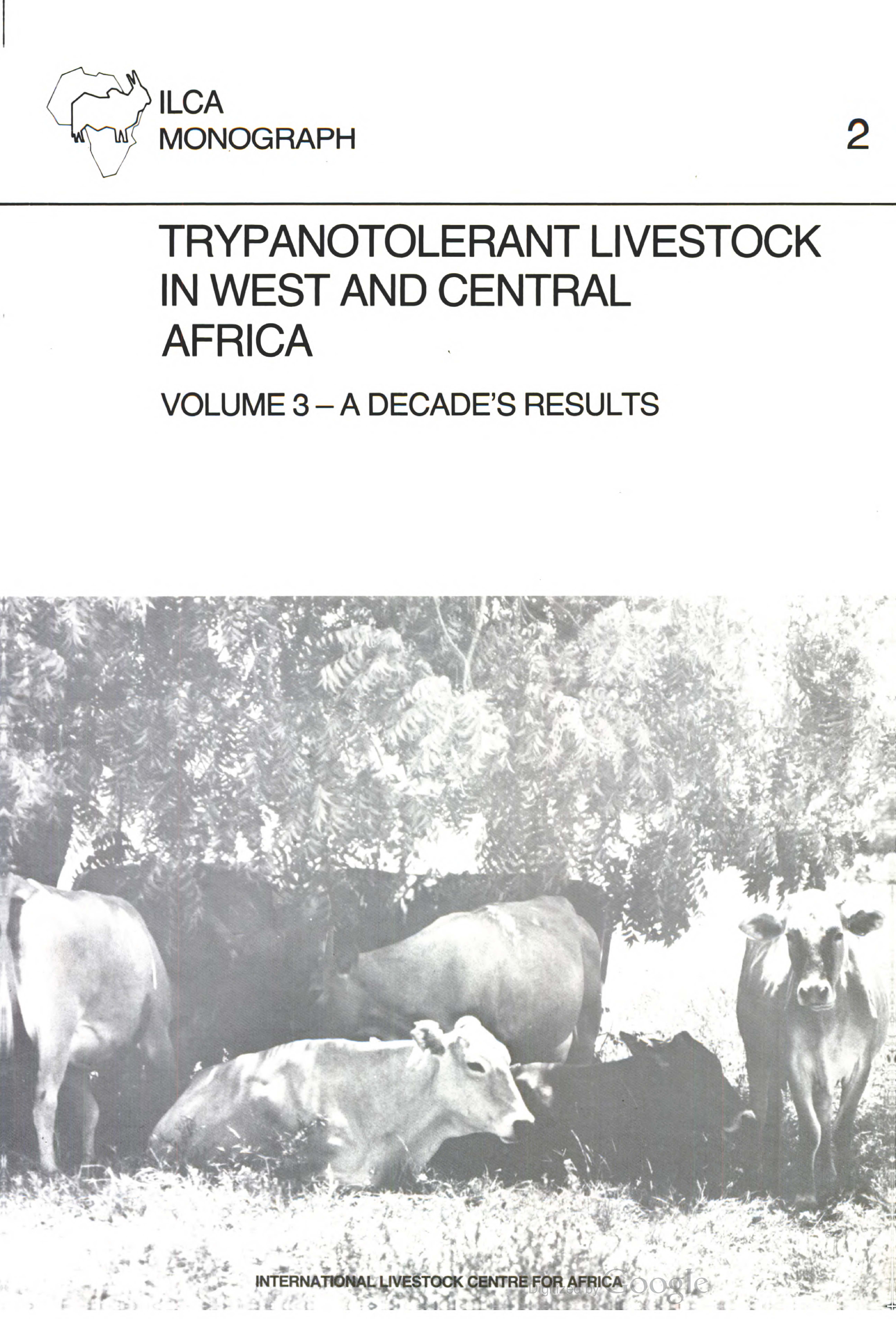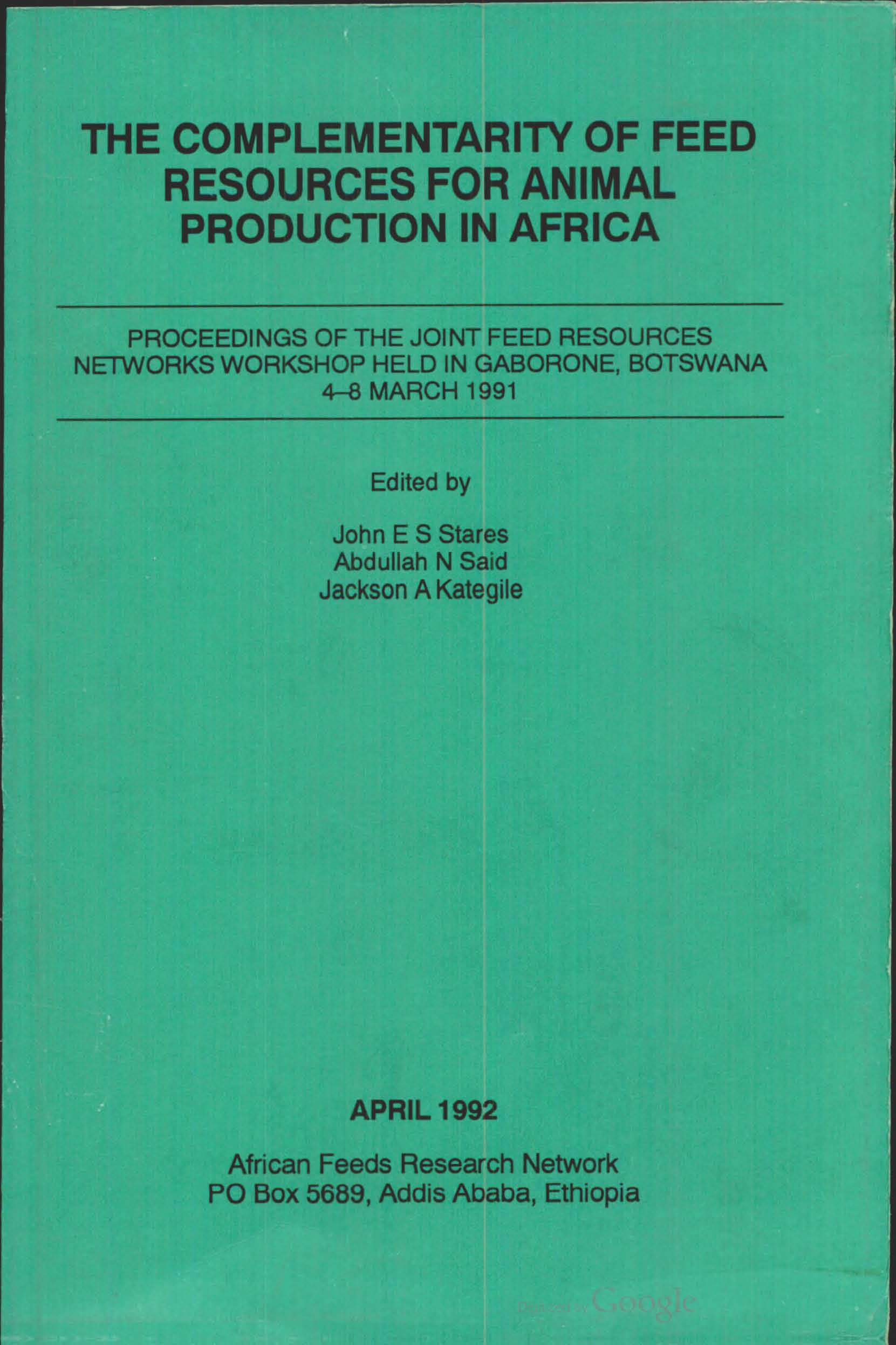Location
Vision, mission and strategy
ILRI's strategy 2013-2022 was approved in December 2012. It emerged from a wide processof consultation and engagement.
ILRI envisions... a world where all people have access to enough food and livelihood options to fulfil their potential.
ILRI’s mission is... to improve food and nutritional security and to reduce poverty in developing countries through research for efficient, safe and sustainable use of livestock—ensuring better lives through livestock.
ILRI’s three strategic objectives are:
- with partners, to develop, test, adapt and promote science-based practices that—being sustainable and scalable—achieve better lives through livestock.
- with partners,to provide compelling scientific evidence in ways that persuade decision-makers—from farms to boardrooms and parliaments—that smarter policies and bigger livestock investments can deliver significant socio-economic, health and environmental dividends to both poor nations and households.
- with partners,to increase capacity among ILRI’s key stakeholders to make better use of livestock science and investments for better lives through livestock.
This is ILRI’s second ten-year strategy. It incorporates a number of changes, many based on learning from the previous strategy (2000–2010, initially produced in 2000 and modified in 2002), an interim strategy (2011–2012) and an assessment of the external and internal environments in which the institute operates.
Members:
Resources
Displaying 1001 - 1005 of 1152Trypanotolerant livestock in West and Central Africa. Volume 3. A decade's results
This volume presents major results obtained since the publication of volume 1 and 2 and updates national data on trypanotolerant cattle. The first part analyses populations and their trends between the two surveys and reviews research activities and development activities. It also gives recent information available on the potential and utilisation of trypanotolerant livestock. Part two presents recent data for the 18 study countries, as well as for Equatorial Guinea which was not covered in volume 2.
The complementarity of feed resources for animal production in Africa
These are the Proceedings of the last joint workshop of the Pasture Network for Eastern and Southern Africa (PANESA) and the African Research Network for Agricultural Byproducts (ARNAB), held in Gaborone, Botswana, 4-8 March 1991. This volume contains the three addresses delivered at the opening session together with 38 full texts and 12 abstracts of papers presented at the workshop. The scientific papers are grouped in three sections, corresponding to the main themes of the workshop.
Small ruminant research and development in Africa: Proceedings of the First Biennial Conference of the African Small Ruminant Research Network: ILRAD, Nairobi, Kenya, 10-14 December 1990
This volume contains papers and abstracts of the First Biennial Conference of the African Small Ruminant Network. Ten papers deal with the Small Ruminant Production System and Policy; Eight papers on Small Ruminant Performance and Reproductive Physiology; eleven papers on Small Ruminant Reproductive Wastage and Health. Another nine describe and analyse feeds and feeding systems and there are 11 papers on Small Ruminant Genetic Resources and Breeding. Four papers on Small Ruminant Development in Africa complete this volume.
Review of dairy marketing and processing in a semi-arid pastoral system in Ethiopia
Studies were conducted among pastoralists on the Borana Plateau in 1986-89. Household surveys described seasonal milk production and allocation, marketed supply of dairy products, incidence of calf morbidity and mortality and human consumption of dairy products and grain. The efficiency of butter-making was measured. Dairying among the Borana is controlled by the women. Overall, 69 percent of milk produced was used as fresh milk and the remainder was soured for direct consumption or butter processing.





